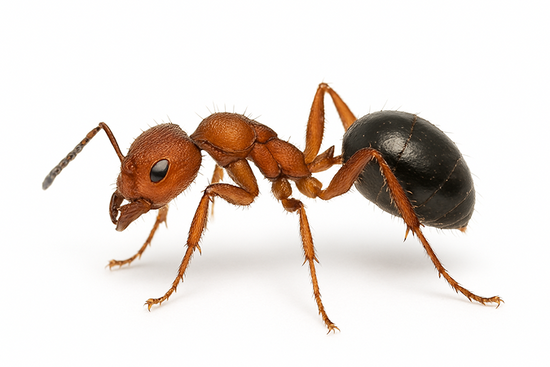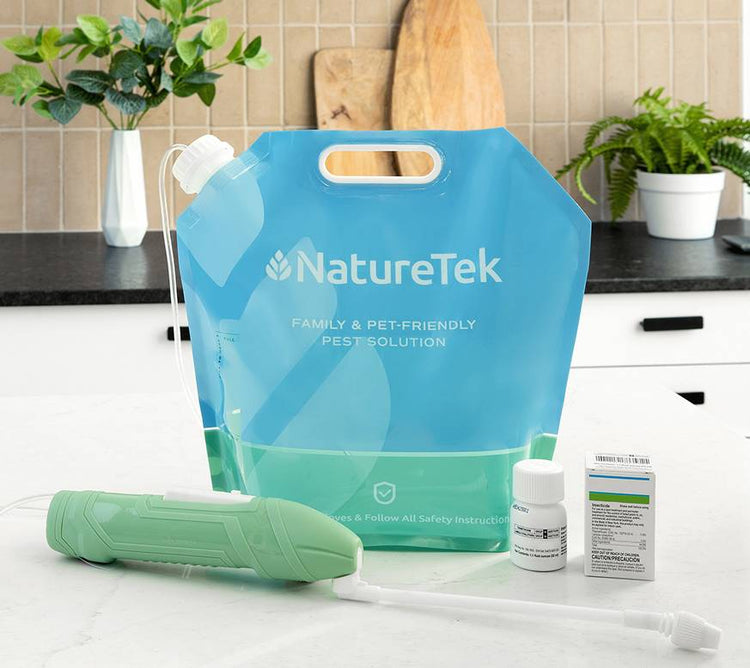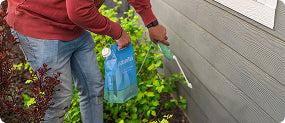Ants
Ants are one of the most common issues homeowners deal with on a day-to-day basis. There are a variety of species, each with their own concerns and dangers. The following tutorial will provide you with all of the information you need to identify, treat, and solve any ant infestation.

Here are some of the most common ant species found across households in the United States.
-
Acrobat Ant

-
Argentine Ant

-
Army Ant

-
Carpenter Ant

-
Crazy Ant

-
Field Ant

-
Fire Ant

-
Odorous House Ant

-
Pavement Ant


Body Shape: Ants have a distinct three-segment body: head, thorax, and abdomen. A narrow “waist” (petiole) between the thorax and abdomen is characteristic.
Antennae: Ants have bent (elbowed) antennae.
Size: Ants range in size from about 1 mm to 30 mm, depending on the species.
Color: Most ants are black, brown, red, or yellow, but some species may have unique patterns or colors
Legs: Ants have six legs, all attached to the thorax.
Wings: Reproductive ants (queens and males) may have wings, but they shed them after mating.
You can use the following model to help you identify an acrobat ant .













































































































